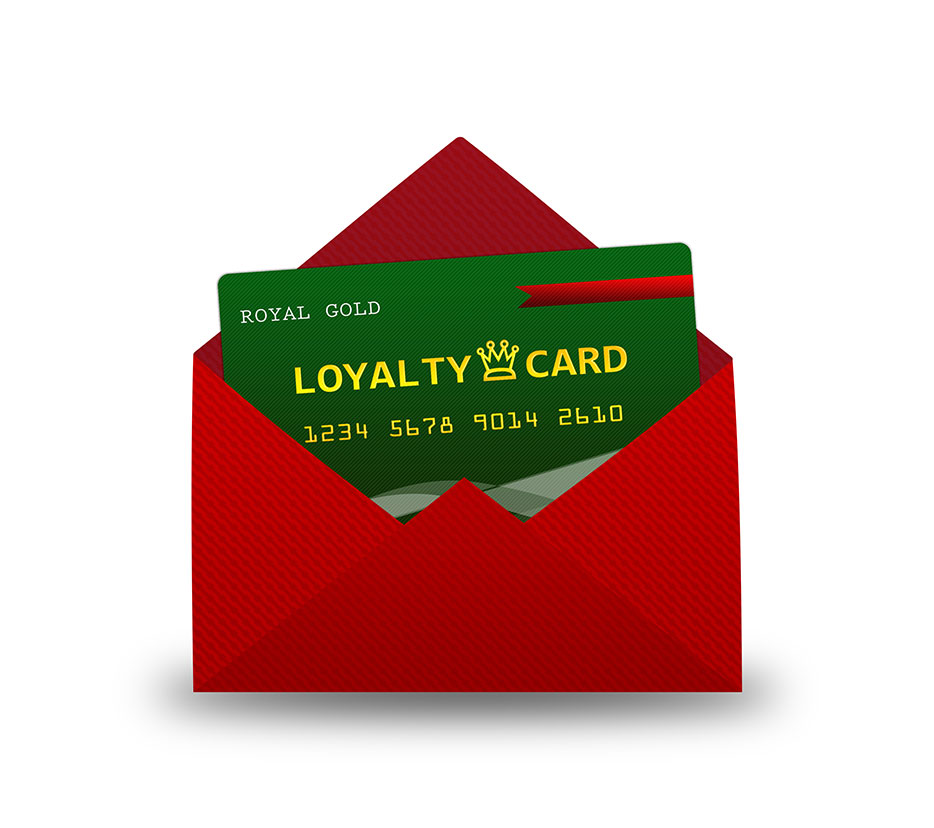5 Loyalty Programs that Can Help Boost Your Business
By Michael Jess on February 2nd, 2015

Incentive marketing has existed for a long time, and tends to be the rule rather than the exception in today’s marketplace. These programs are generally referred to as loyalty programs, and they come in many different shapes and forms.
The most commonly recognised loyalty programs are probably the frequent flyer programs offered by airlines, as well as point of sale discount programs offered in supermarkets when showing a membership card.
These programs work in that they improve customer loyalty and increase sales. If they did not succeed, then they would not be in such common use today.
This article will describe five different loyalty programs and their applicability to different businesses. The advantages and disadvantages of each program vary depending on the type of business to which they are applied, and the customer base whose loyalty they seek to acquire.
Point based programs
This is the most common loyalty program in use, and is particularly suitable for companies that have a large customer base with whom regular face-to-face engagement is difficult or impractical.
In point based programs, clients are issued a membership card with a barcoded membership number. Customer purchases are captured on each separate occasion and entered onto a database. Points are then awarded according to the amount of money spent. These points can be redeemed in different ways.
- Supermarkets may process a certain percentage discount on current or subsequent transactions
- Airlines issue points which, once have reached a certain number, can be redeemed as a free flight
- Credit card vendors award points and enclose purchase catalogues with each monthly card statement. In these catalogues, products are ‘priced’ by points, or offered at discounted prices with the redemption of a specified number of earned points.
Point programs provide tangible value to repeat customers and, as such, they create customer loyalty.
There are a few additional differences in the way point programs are marketed and administered.
- Coupons – These are normally awarded to customers who spend a certain amount of money in a single purchase. The coupon can usually be redeemed with any future purchase made by the customer
- Tiered awards – This is when customer purchases accumulate points, that can then be redeemed in exchange for a free product
- Loyalty cards – You typically see these cards at pizza parlours and coffee shops. At each visit, the card is punched. After a set number of purchases, the customer can obtain the next meal or drink for free.
Affinity based tiered program
This kind of program offers customers free gifts, products, or privileges when they have spent a preset amount of money. Affinity based programs are easy to implement but more difficult to target to a specific target audience.
Sweepstakes and contests
These are more of a lottery type of customer loyalty program. These competitions must comply with local laws and regulations, which often demand that no upfront entry fee can be charged.
It is a useful method for creating permission based mailing lists, draw attention to specific products or services, and to educate customers. Vendors should beware of the need to set specific and visible rules for engagement.
Reward program with upfront fee
This type of reward program is far less common but can be made to work in a high volume business. As an example, the Amazon Prime program offers customers free shipping for products, as well as a free library loan service for digital books, in return for an upfront membership fee.
Purchase offer presented with gift attached
This type of loyalty program can be implemented with the prime objective of relationship building. If packed with an already purchased product, it increases this product’s value without it looking like a discount. Presentation style is the key to success with this type of program.
So there you have it, five different programs that are guaranteed to keep your customers happy and returning. Get in touch with Edge today and see how we can help your business reward its customers.
Michael Jess
Latest posts by Michael Jess (see all)
- 4 tips for planning a successful promotional strategy - February 14, 2018
- Give your customer promotions an edge in 2018: The top five consumer trends for your customer promotions - January 14, 2018
- The top eight most innovative promotions of 2017 - December 14, 2017
